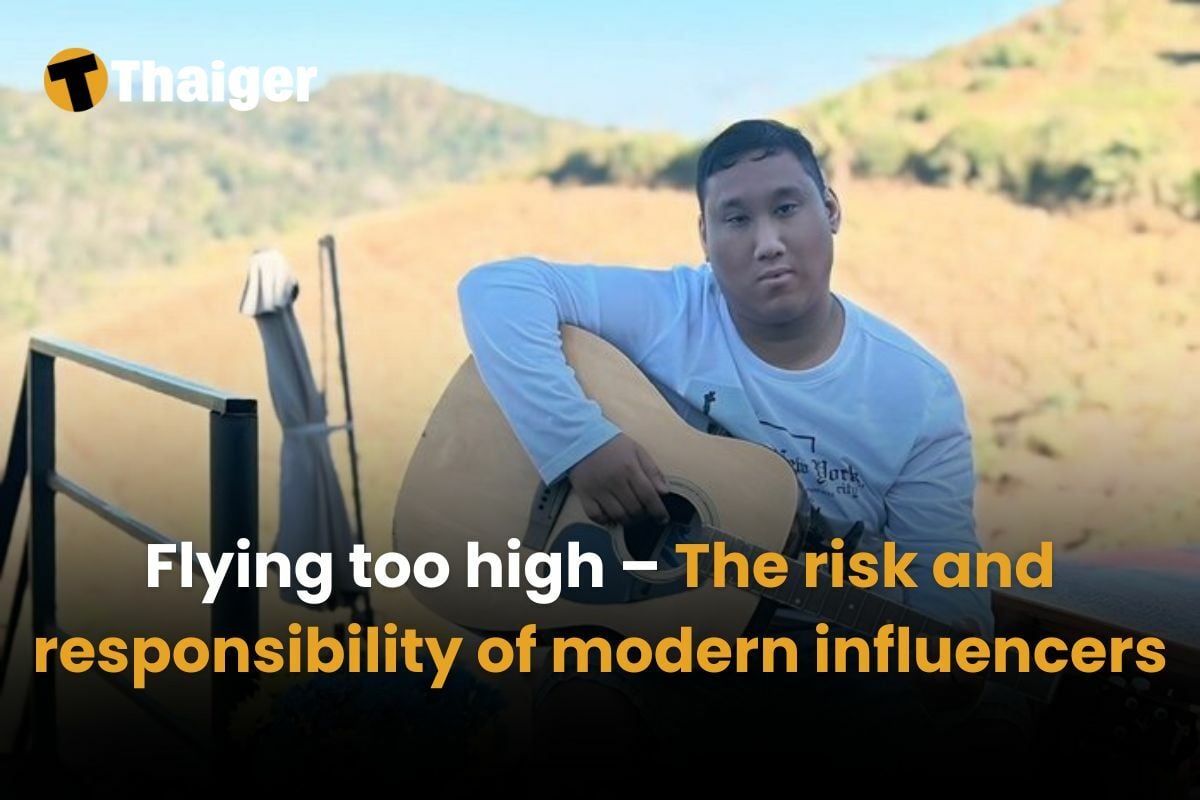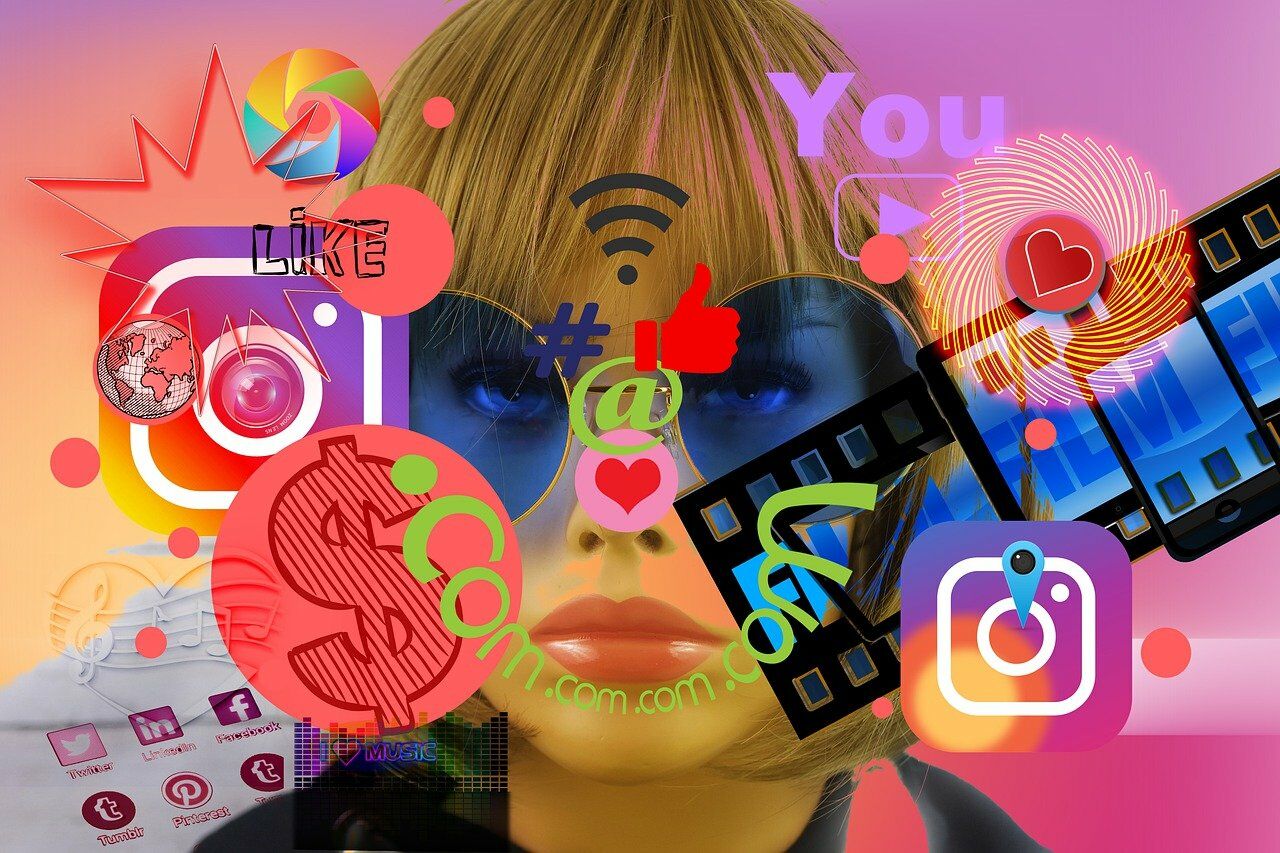Flying too high – The risk and responsibility of modern influencers

Long ago, on the Greek island of Crete, a brilliant inventor named Daedalus crafted wings of feathers and wax to escape captivity alongside his son, Icarus. The wings were a marvel of human ingenuity, a gift of freedom. Before they took flight, Daedalus gave Icarus a warning.
“Fly too low, and the sea will drag you down. Fly too high, and the sun will melt the wax.”
Overcome by the thrill of flight, Icarus ignored his father’s advice. He climbed higher and higher, chasing the sun’s golden light. The wax melted, his wings disintegrated, and Icarus drowned in the sea. His ambition to defy limits, to reach beyond what was safe, became his undoing.

Icarus’s story feels eerily relevant in today’s influencers and social media world. For influencers today, ambition and risk still fuel the pursuit of fleeting glory, but wings are no longer made of wax and feathers—they are built from algorithms, audience attention, and societal pressures. And when modern Icaruses fall, their descent is witnessed by millions of spectators online, some watching with horror and others with indifference.
Bank Leicester: A modern Icarus in the digital age
The myth of Icarus finds a modern parallel in the tragic story of influencer Bank Leicester. Like Icarus, Bank was driven by ambition, pushing the limits of safety in pursuit of recognition and financial reward. However, his wings were not made of wax, but of audience attention and societal pressure, which ultimately let him down.
Bank lost his life during a live-streamed drinking stunt, collapsing on camera as an online audience watched. Reports suggest that he was paid to consume excessive amounts of alcohol, and two individuals have since been arrested in connection with his death. Bank’s story raises difficult questions. Should responsibility rest solely on those who pressured him? Or do platforms, audiences, and the broader systems that incentivise extreme behaviour also bear some of the blame?
I had a conversation with Zombiie, a fellow influencer, who reflected on her interactions with Bank. She recalled that, months before his death, Bank had reached out to appear on her podcast—a project she had already discontinued. She remembered how he had been driven by a desire to grow his reputation and earn more money to support his grandmother. Looking back, there were signs that Bank was willing to take risks for financial reasons, but few could have predicted the ultimate cost of his ambition.
The highs and lows of influencer culture
Zombiie has spent the last few years building a career as an influencer, growing her reach and enjoying some of the perks that come with online fame.

“The rewards can be significant: free products, lucrative deals, and income that far exceeds traditional jobs.”
But the highs come with lows and Zombiie admitted that criticism is one of the hardest parts of the job.
“I try to brush off negative comments.”
She acknowledged the emotional toll they can take, especially when the content she puts so much effort into is dismissed or attacked. For influencers, public scrutiny is constant, and the pressure to keep audiences engaged can be relentless.
Responsibility in risky content – Who is to blame?
Bank’s death highlights the prevalence of risk in the content of the influencer world. Zombiie noted that Banks’ disability might have influenced his perception of risk and danger.
She also mentioned another influencer named Bird, who gained notoriety in the online community for creating dangerous and highly controversial content.
“Many influencers had raised concerns about Bird’s reckless behaviour in the past, but their complaints went unanswered.”
Now, Bird’s name has surfaced in connection with Bank Lester’s death. Reports confirm that Bird is one of two individuals arrested for allegedly coercing Bank into performing the deadly drinking stunt.
A broken system – Platforms, audiences, and exploitation
The bigger problem is that the influencer industry often lacks effective regulations. Platforms benefit financially from extreme and sensational content, audiences crave increasingly shocking performances, and creators who want to distinguish themselves are left to navigate this challenging environment with minimal support.
In Bank’s case, those who paid him to perform the drinking stunt exploited him.
Zombiie expressed her frustration.
“Influencers promoting dangerous activities, often face no consequences.”
This fuels a culture where anything goes in the race for clicks and likes.
A message to aspiring influencers
Reflecting on the lessons of Bank’s tragic death, Zombiie shared a message for new influencers entering the industry and she emphasised the importance of staying safe and refusing to take unnecessary risks for money or fame.

“Focus on creating content that entertains without putting your life on the line.
“Better to have your life than to lose it trying to make money.”
Zombiie’s perspective highlights a path forward for the influencer world—one where creativity and entertainment don’t come at the expense of safety or ethics. But for that vision to become a reality, the culture surrounding influencers must change.
Platforms must take greater responsibility for what they promote, audiences must rethink what they reward, and creators must prioritise their well-being over fleeting fame.

Lessons from Icarus – a shared responsibility
The myth of Icarus speaks to universal truths about human ambition, risk, and consequence. Bank Leicester, like Icarus, flew too high—and the world watched him rise, applauded his flight, and did nothing to stop his fall.
Like Icarus, the risks of the modern influencer are often caught between ambition and caution, soaring toward a sun that promises glory but threatens destruction.
It’s worth remembering that many influencers start out with good intentions, driven by creativity, community, and a desire to entertain or inform. Across the world, influencers are building meaningful connections and producing content that inspires, educates, and uplifts.
But for those who dare to fly too close to the sun, creating a system that helps them soar safely is crucial—without fear of falling.
Latest Thailand News
Follow The Thaiger on Google News:


























